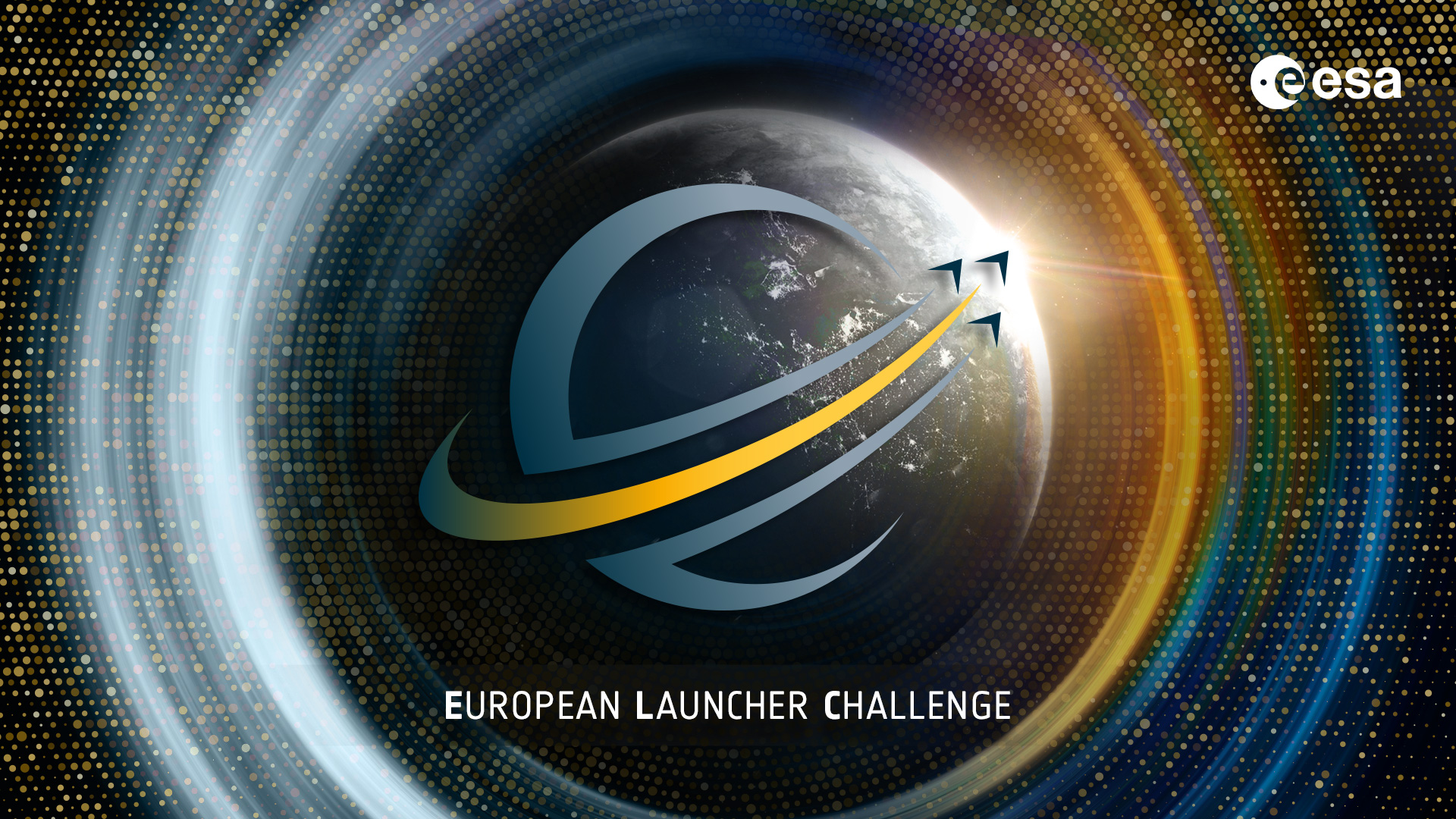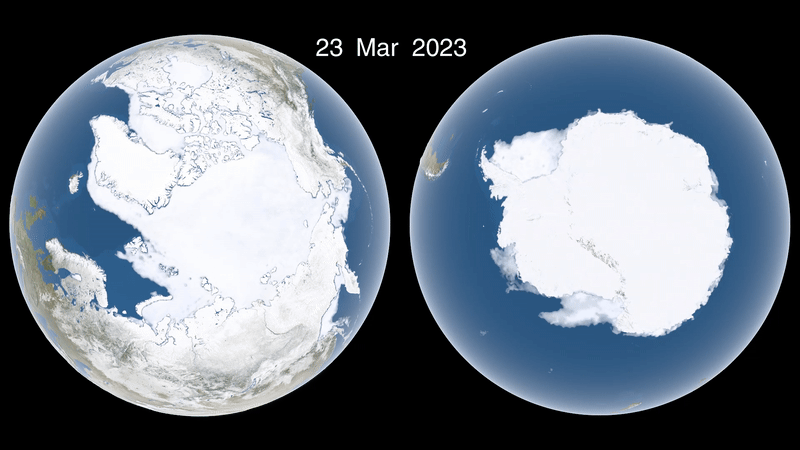Webb telescope captures weird auroras on Neptune for the first time
The James Webb Space Telescope captured unprecedented images of greenish-blue auroras on the ice giant planet Neptune.


Even at Neptune's incredible distance from the sun, astronomers have long suspected it has auroras, though they had never seen them until now.
The James Webb Space Telescope, a collaboration of NASA and its Canadian and European space agency counterparts, has finally captured clear images of these magnificent Neptunian light shows.
"As a long-time Neptunophile, anticipation of these images was one of the key reasons I became a JWST Interdisciplinary Scientist," said Heidi Hammel, a Neptune expert, in a post on X. "Kudos to the team for realizing my dream!"
But Webb's observations didn't just provide new pretty pictures of the ice giant planet's greenish-blue splotches. It revealed how odd Neptune's auroras are compared to other planets', glowing over its midriff rather than its poles. The new research was published in Nature Astronomy.

Neptune, at some 3 billion miles from the sun, is a dark, blustery world, whipped by winds faster than the speed of sound. As the most distant planet in the solar system, it only receives a dim twilight's worth of sunshine at its high noon. It takes about 165 years for the ice giant to make one loop around our star, and it's not visible to the naked eye from Earth.
For three decades, scientists have studied how Jupiter, Saturn, and Uranus interact with space by looking at light emitted from charged molecules in their upper atmospheres. When the sun blasts out radiation, charged particles travel along a planet's invisible magnetic field lines. When these particles strike gases, they heat up and glow. The results are colorful light displays.
On Earth, the colors differ depending on the type of atmospheric gas and its altitude. Oxygen glows red or blue, while nitrogen can create green, blue, or pink. The recent strong solar storm conditions — a byproduct of the sun being at solar maximum — are causing auroras around the North Pole to sprawl, allowing people who live farther south to see them.
Similar to storm seasons on Earth, the sun experiences a weather pattern that repeats every 11 years. At the beginning and end of this cycle, the activity is at its calmest. But solar activity increases, climaxing in the middle of the cycle and causing the sun to roil with giant eruptions.

NASA’s Voyager 2 spacecraft found hints of auroras on Neptune in 1989, but scientists couldn’t get a clear picture then. Using Webb’s near-infrared instrument in June 2023, they not only got the shots but also discovered the key molecule found in auroras of the other gas giants, called trihydrogen cation. That detection confirms the same processes are occurring on Neptune.
Webb has filled in many gaps left by Voyager 2, the only spacecraft to visit the planet. In 2022, the telescope captured Neptune's ghostly rings and revealed a band of clouds around a known vortex at the planet's south pole for the first time.
But the Voyager 2 mission did discover the strange nature of Neptune's magnetic field, tilted at a steep angle. Unlike Earth’s steady magnetic field, Neptune’s shifts and twists. Because auroras occur where magnetic fields converge with a planet's atmosphere, Neptune's are far from its poles.
"Neptune's aurora shines over latitudes comparable to South America on Earth," Hammel said. "This is because Neptune's magnetic field is seriously tilted from the planet's rotation axis (by 47 degrees!) and offset from the center of the planet (by half a planetary radius!)."

Voyager 2 also took Neptune's upper atmosphere temperature. Webb scientists were surprised to learn that the planet has cooled over the past 34 years by hundreds of degrees. It's now about half as warm as it was in 1989.
This extreme plunge may have something to do with why Neptune’s auroras have been so hard to detect. Scientists had assumed they would be as bright as those on some other planets, but the colder atmosphere likely made them fainter. The finding also suggests that Neptune's atmosphere changes more frequently than its seasons, which last about 40 years, and perhaps even the solar cycle. This means some other mysterious forces are at play that they'd like to get to the bottom of.
Astronomers plan to use Webb to continue studying Neptune over a full solar cycle. They hope to figure out why Neptune's magnetic field is so tilted and what caused it.











































































